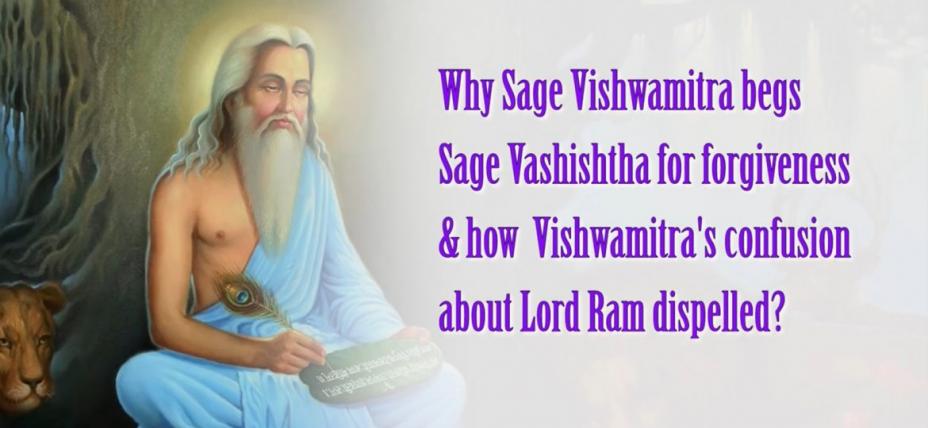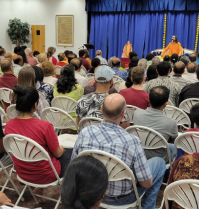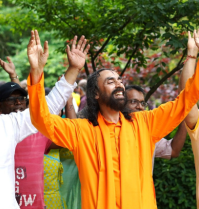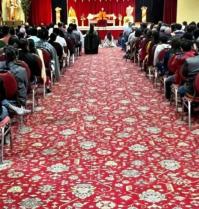Ramayana – What triggered enmity between Vishwamitra and Vashishtha
Ramayana / February 12, 2017

Vishwamitra and Vashishtha are two of the most illustrious sages in Indian history and both play key roles in the Ramayana. Vashishtha was the spiritual preceptor of the Ikshvaku dynasty to which Lord Rama belonged. The famous Yog Vashishtha is a dialog between Lord Rama and Vashishtha, describing spiritual truths in response to Rama’s disillusionment with the realities of human existence. Vishwamitra on the other hand was a king who rose to great spiritual heights on account of severe austerities. In the Ramayana, when Rama reaches youth, Vishwamitra directs King Dasharatha of Ayodhya to send his sons Rama and Lakshmana, to kill demons plaguing the sages in the forest. The initially hesitant Dasharatha, concerned for his sons at the threshold of youth, is convinced by Vashishtha to obey this directive. During this sojourn, Vishwamitra transfers his knowledge of divine weapons to Lord Rama and Lakshmana. These weapons are later used in the war against Ravana.
Both of the aforementioned sages are Brahmarshis. They are both considered to be a part of the Saptarishis – the seven Rishis with exceptional yogic powers who are responsible for the propagation of mankind in a given Yuga.
However the former’s path towards becoming a Brahmarshi is closely tied with his famous enmity with Vashishtha.
This enmity expressed itself in his repeated attacks on Vashishtha and his family, which Vashishtha succeeded in thwarting owing to his superior powers as a Brahmarshi. Vishwamitra was constantly engaged in fruitless efforts to prove his material and spiritual superiority over Vashishtha.
Watch this video titled “Ramayana – What triggered enmity between Vishwamitra and Vashishtha, by Swami Mukundananda” to understand the root cause of this enmity and how Vishwamitra overcame his negative traits, to eventually become a Brahmarshi. Swami Mukundananda beautifully paints a picture of this famous and illustrious sage in three separate stories from the Ramayana.

























